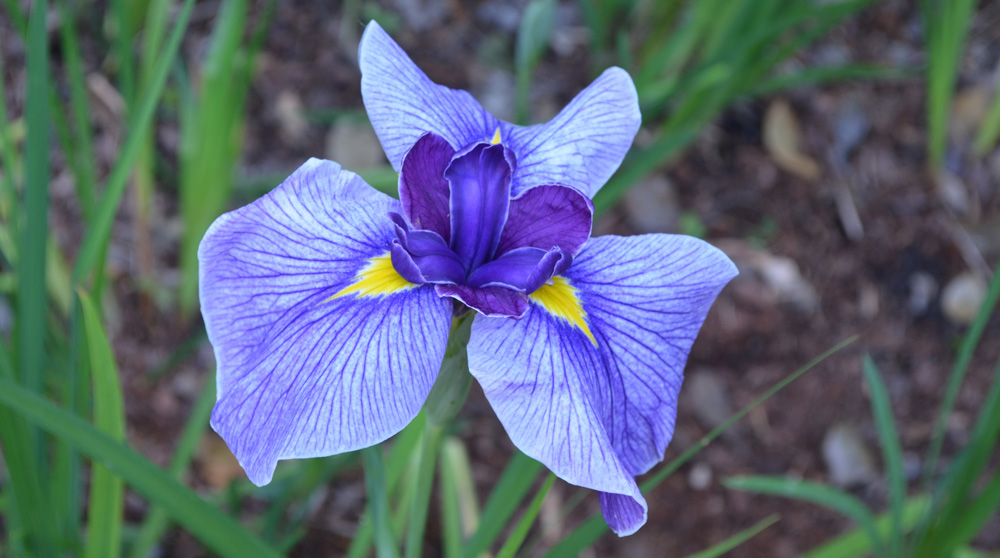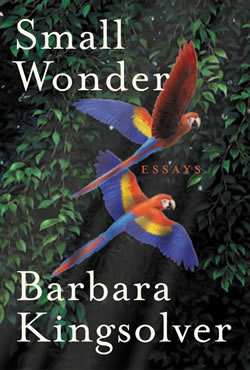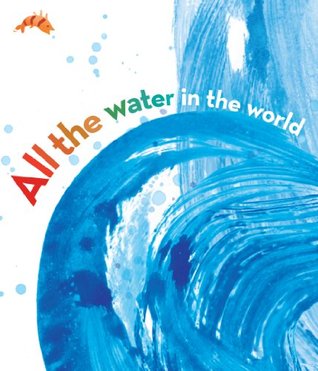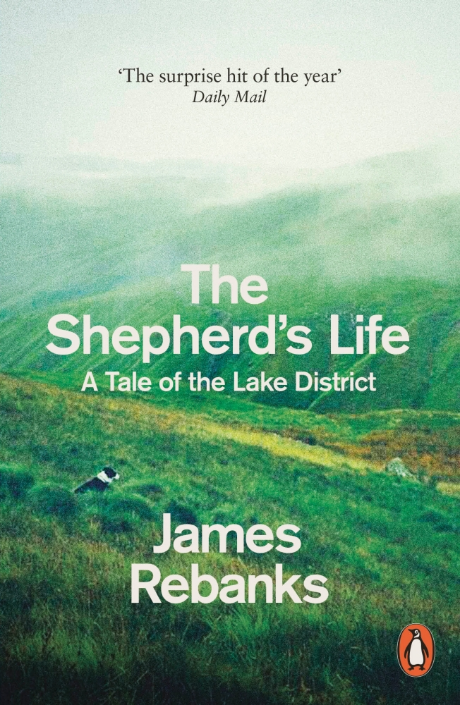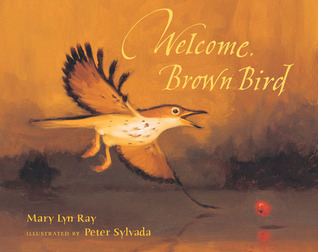Nature Books & Literature
We’ve been writing about our experiences in nature for as long as our story-telling tradition can remember. Some stories take place in nature, the plot driven by elements of our natural world. In other stories, nature is the spirit that finds and fills us with a deep understanding, a connection to people we’ve never met and places we’ve never been. Some favorite nature books: Into the Wild by Jon Krakauer tells of a young man who dropped his life and disappeared into the woods, finding the self he had within him all along. Terry Tempest Williams’ Finding Beauty in a Broken World is a story about looking for connections to our natural world, and the small bursts of life that sustain us. In Cheryl Strayed’s Wild, nature is cherished as a healer with the power to lead us straight to the answers we have always been looking for.
Nature books fill our world with wonder.
As a place of nature, Lewis Ginter Botanical Garden seeks to foster the connection with nature that so many authors have written about. Here is a place where you can slip away for a few hours and celebrate the beautiful things — big and small — and re-center yourself. I encourage you to bring a notebook, find a bench and take part in the tradition of writing about nature. And if you’re not a writer, try reading a book that celebrates nature while surrounded by the Garden’s blooms and bird songs. Here are four books — two for adults and two for children — that I hope will fill your spirit the same way they filled mine.
Barbara Kingsolver
People need wild places. Whether or not we think we do, we do. We need to be able to taste grace and know that we desire it. We need to experience a landscape that is timeless, whose agenda moves at the pace of speciation and glaciers. To be surrounded by a singing, mating, howling commotion of other species, all of which love their lives as much as we do ours, and none of which could possibly care less about economic status or our running day calendar. Wildness puts us in our place…looking out on a clean plank of planet earth, we can get shaken right down to the bone by the bronze-eyed possibility of lives that are not our own.
Kingsolver started writing this book on September 12, 2001 as a way of exploring how beauty can persist even in light of devastating losses — losses humans exact on each other. Sometimes we need the perspective that standing at the edge of the Grand Canyon gives us. We need to be humbled as we step through dewy grass barefoot and accept that there are things we can never possibly know. We see the perseverance of a tree that grows in the middle of a barren field, or a river that keeps flowing in a drought. These small wonders are like smooth stones rising up to meet our feet, teaching us how to keep walking.
George Ella Lyon and Katherine Tillotson
that cascaded from clouds
and meandered down mountains,
that wavered over waterfalls
then slipped into rivers
and opened into oceans,
that rain has been here before.
Anytime I step into the ocean, I wonder how many people are touching the same water as me, thousands of miles away. This children’s book brought me back to the waves lapping at my heels, to the thought that all of us are connected through our physical dance with water. We swim, we drink, we wash, we play. The story teaches that all the puddles we jump in today will be puddles somewhere else for another child to jump in next week. It goes around and around, and the best thing we can do is celebrate, cherish, and keep our water clean.
James Rebanks
Working up these mountains is as good as it gets…There is a thrill in the timelessness up there; I have always liked the feeling of carrying on something bigger than me, something that stretches back through other hands and other eyes into the depths of time. To work there is a humbling thing, the opposite of conquering a mountain if you like; it liberates you from any illusion of self-importance.
Sometimes living in such a fast-paced, success-focused world, we lose track of our deepest selves. Rebanks writes about how a place in nature can give you roots that span back generations. As a shepherd in England, he understands that nature can give you a firm sense of self just as working in nature can give you purpose. Weeding your garden — or volunteering in ours — might be just what you’ve been missing. So many people have written about this phenomenon of choosing a different life — from Henry David Thoreau’s Walden to John Muir’s My First Summer in the Sierra — of reconnecting to a much simpler tradition of living close to the earth rather than in opposition to it.
Mary Lyn Ray
A song floated from deep in the dark hemlocks –
the thrush.
The boy honored it by listening.
This is the story of a wood thrush and its song that connects two young boys across continents. One boy listens to the wood thrush sing in the summer, and once the leaves start to change, the woods go quiet. The wood thrush travels for many days south, to warmth. The thrush returns to another young boy who has been waiting all winter for the bird’s song. I felt wonder reading this story because part of what makes nature so wonderful is that it connects all of us. We gently touch the petals of a rose, and we wonder who else has marveled at that same flower. We hear a bird sing and we wonder how far it has traveled, and who else has been enchanted by the sound. Even if we can’t quite understand all the ways in which nature connects us, the magic is knowing that it simply does.
****
From “Small Wonder,” I beheld the tiny moments of wonder that filled Kingsolver with a will to keep moving through a troubled world. “All the Water in the World” reminded me that nature is what feeds and nurtures our bodies and souls. Reading “The Shepherd’s Life,” I heard the siren song of nature, of Rebanks’ desire to live within it, and how answering the call is the way to know our truest selves. In “Welcome, Brown Bird,” I celebrated the mysterious ways in which nature touches all our lives, and enlivens our spirits.
I’m a believer in the power of nature to transform and connect, to provide meaning and purpose. We are of nature; it’s where we come from. To take part in it, to stroll through the Garden, stop and listen — it satisfies a deep yearning, the same yearning we feel as we turn onto that familiar street at the end of a long drive. There’s a reason so many of us have written about nature: it’s like writing ourselves home.
Along with an entire collection of nature books, you can find “Small Wonder” and “All the Water in the World” in our Lora M. Robins Library. Members can borrow them from the Library and visitors can enjoy them during their visit. To see what other nature books we have in our library, visit our online catalog.
